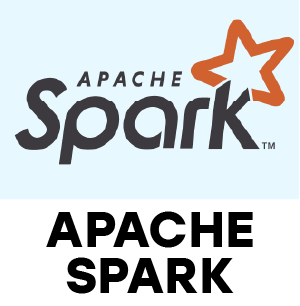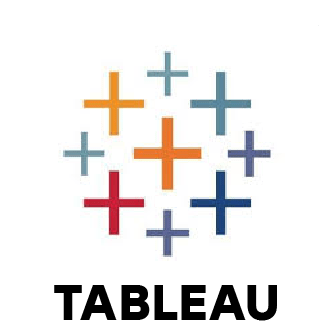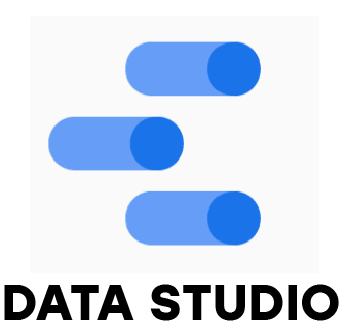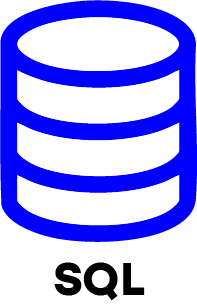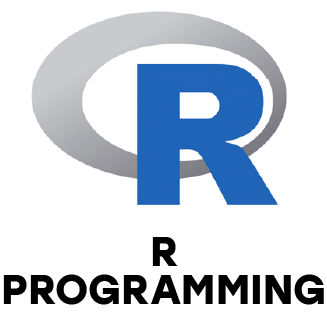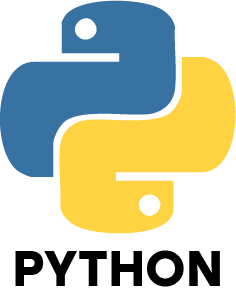1. What is the role of a data scientist in an organization?
Ans:
A data scientist helps companies make informed decisions by gathering data, identifying patterns, creating predictive models and providing insights that support different business functions.
2. How do structured and unstructured data differ?
Ans:
Structured data is organized in clear formats like tables with rows and columns, such as databases or spreadsheets. Unstructured data includes formats like emails, videos, images and text that lack a fixed structure.
3. What are the main stages of a data science project?
Ans:
A typical project involves understanding the problem, collecting and cleaning data, exploring and analyzing it, building a model, validating it and presenting the findings to stakeholders.
4. How should missing values in data be handled?
Ans:
Missing values can be managed by removing incomplete records, filling gaps with averages or modes or using algorithms that handle missing data automatically.
5. How does supervised learning differ from the unsupervised learning?
Ans:
Supervised learning uses labeled data with known outcomes to train models. Finding hidden patterns or clusters in unlabeled data is the goal of unsupervised learning.
6. What is cross-validation and why is it important?
Ans:
Cross-validation evaluates a model’s performance by splitting the data into multiple parts and repeatedly training and testing the model. This ensures the model generalizes well to new data.
7. What is overfitting and how can it be avoided?
Ans:
Overfitting happens when a model fits the training data too closely, including noise, resulting in poor performance on new data. It can be prevented by simplifying the model, increasing data size, or using regularization.
8. What information does a confusion matrix provide?
Ans:
A confusion matrix displays the results of a classification model by showing true positives, false positives, true negatives and false negatives. It helps assess the model’s accuracy.
9. How do you identify important features in a dataset?
Ans:
Important features can be found through correlation analysis, feature importance scores from models like Random Forest, or by checking how removing certain features impacts model performance.
10. How does the K-Nearest Neighbors (KNN) algorithm work?
Ans:
KNN predicts the class or value of a new data point by looking at the ‘K’ closest neighbors in the training data and using majority voting or averaging, based on the distance between points.





